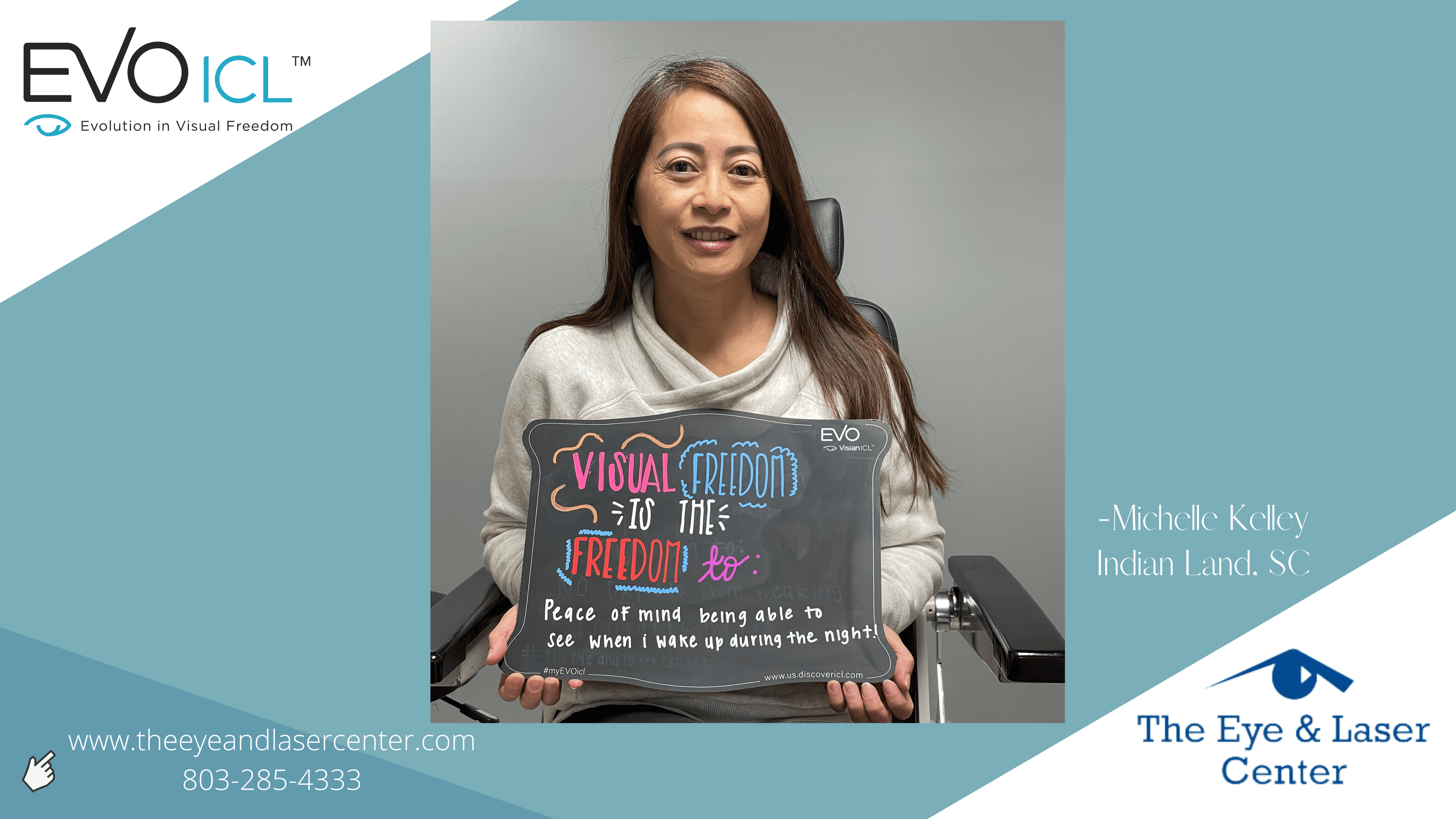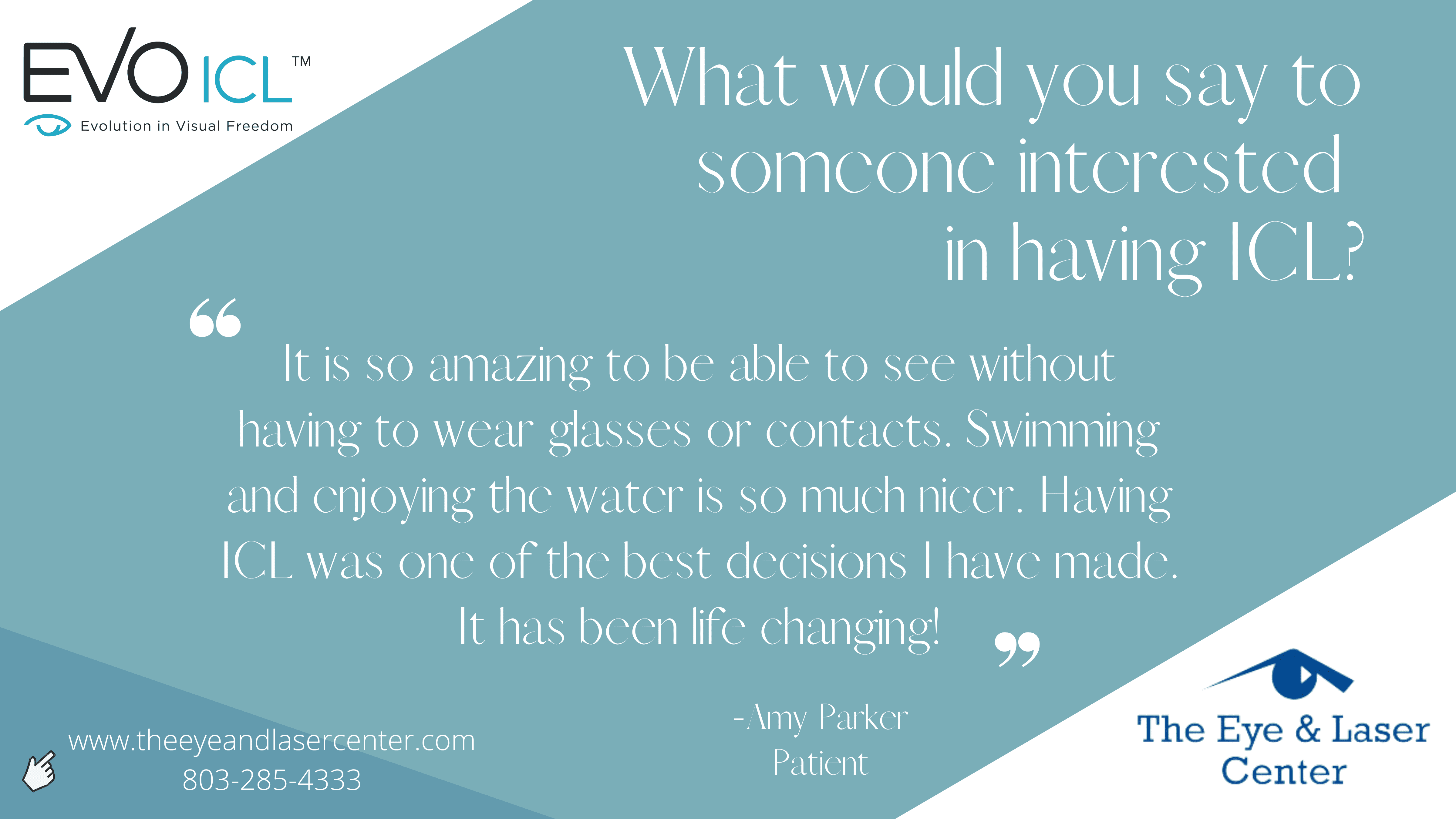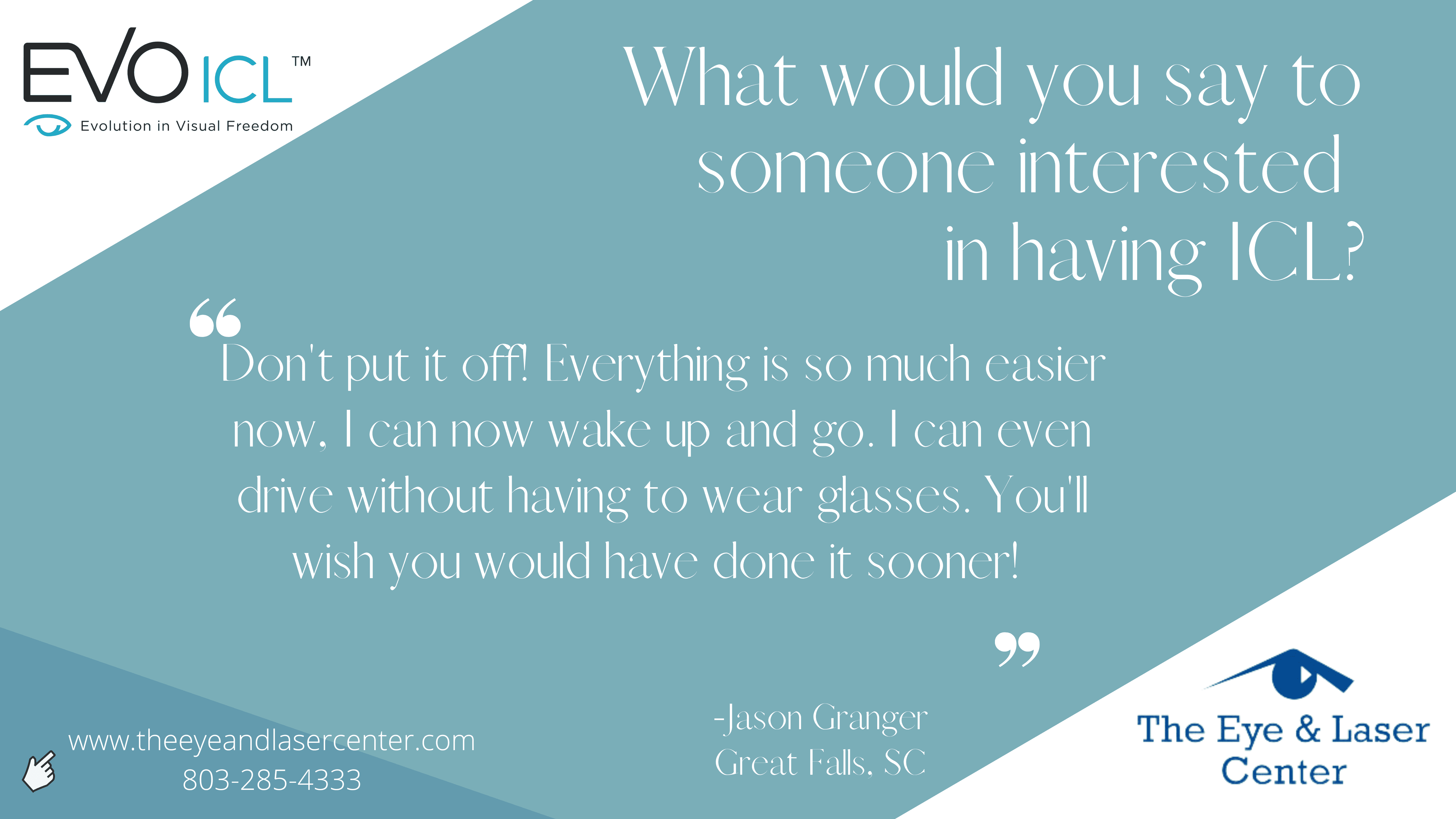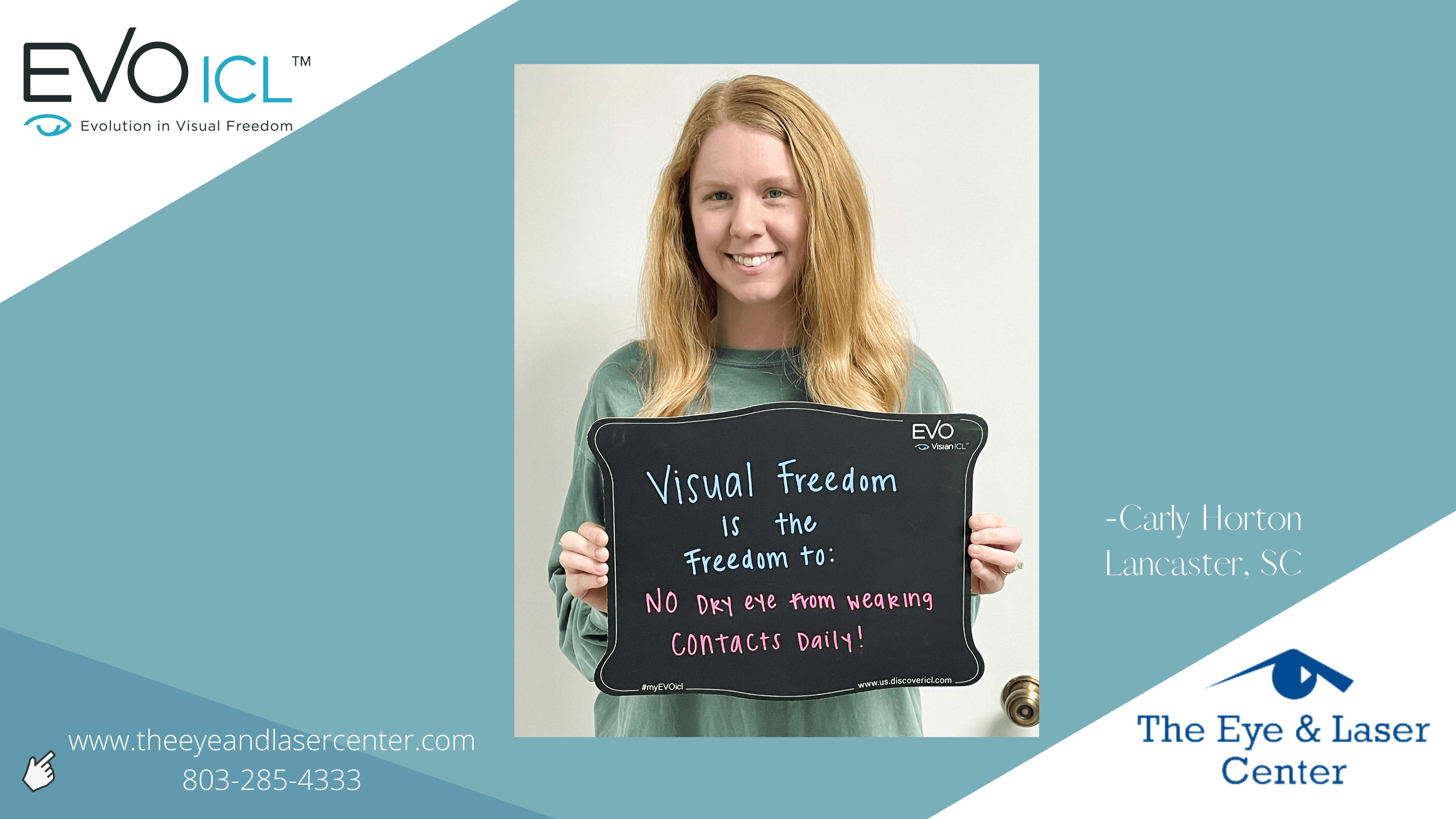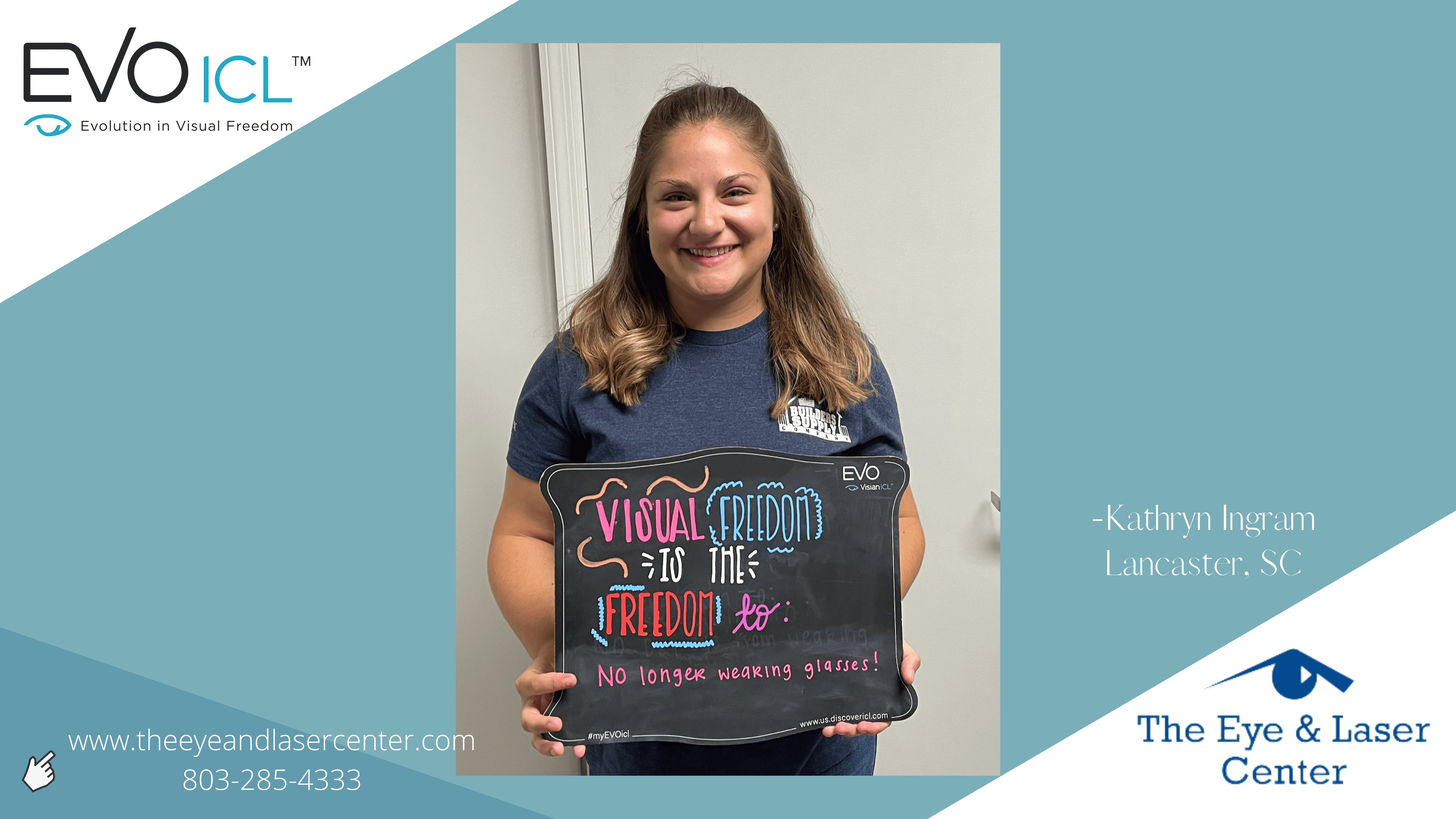LASIK
LASIK and PRK are both refractive surgeries that use laser technology to reshape the cornea and improve vision, with LASIK using a flap while PRK does not.

Meet our Refractive Surgeon
Dr. Kevin Nusz is a highly skilled refractive surgeon with years of experience in helping patients achieve clearer vision through advanced surgical techniques. He is committed to providing personalized care to each of his patients, using the latest technology and techniques to deliver exceptional results.


LASIK
LASIK (Laser-assisted in situ Keratomileusis) is a procedure where a thin flap is created in the cornea (the front layer of the eye), the flap is lifted, a laser is applied, and the flap is replaced. LASIK typically provides excellent results for patients with low to moderate myopia, astigmatism, and hyperopia.
Before the LASIK procedure begins, a numbing eye drop is applied to your eyes to discomfort. Your eye will be positioned under the laser, and an eyelid speculum will be placed to gently hold your eyelids open during the procedure. The surgeon will program your specific prescription into the excimer laser. The laser will then send pulses of light to your cornea while the surgeon watches your eye through a microscope. The laser should not be painful as it reshapes your cornea.
The LASIK procedure is typically a less than 15-minute outpatient procedure for both eyes with a quick recovery and little downtime. Results begin immediately after the procedure and your vision continues to improve and stabilize over the next few days.
PRK
PRK (Photorefractive Keratectomy) uses a laser to gently reshape the surface of the eye to provide clear vision.
A numbing eye drop is applied to your eyes to prevent discomfort before the procedure begins. A lid speculum placed on your eyes to gently hold eyelids open during the procedure. The outer layer of your cornea, the epithelium, will be removed without cutting using a brush. The surgeon will then use a laser to reshape your cornea. At the end of the procedure, the surgeon will place an antibiotic, an anti-inflammatory and steroid drop onto the eye to assist the healing process. A clear “bandage” contact lens will be placed at the end of the procedure to reduce irritation and to help with the healing process.
PRK is typically a 10-15-minute outpatient procedure for both eyes. You may have some minor irritation for a few days after the procedure. Your vision will improve over the following few days, but you may experience some blurry vision during that time.
